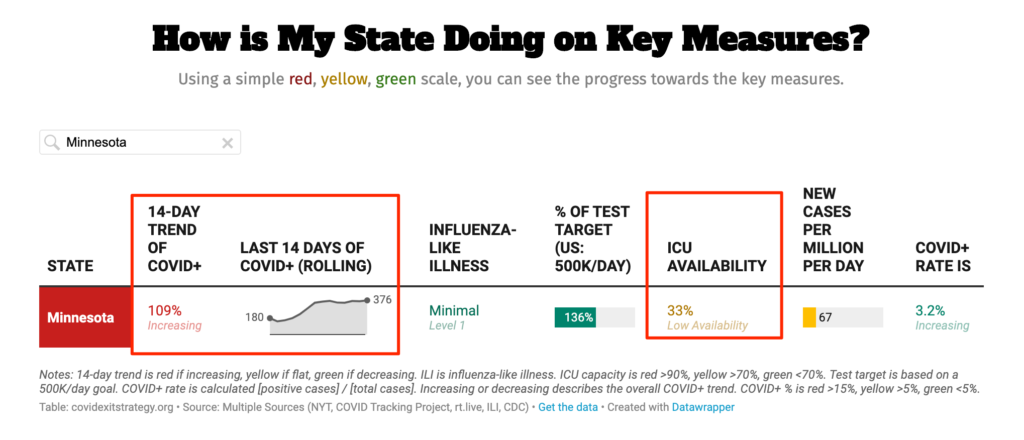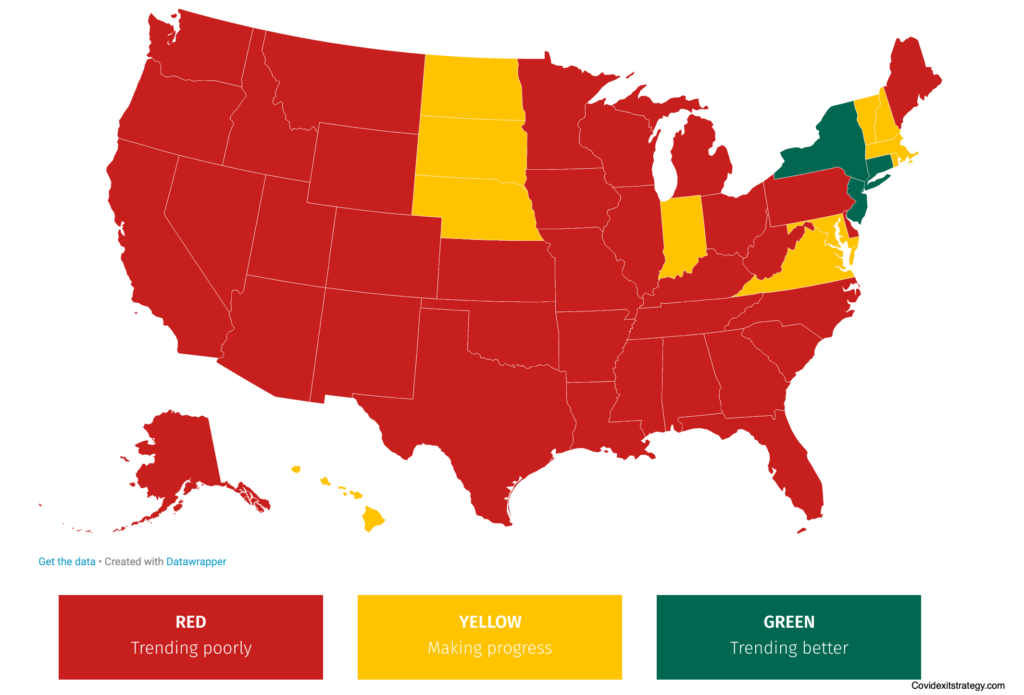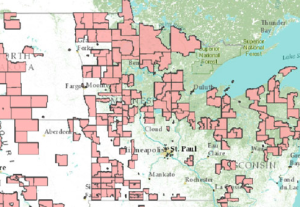I like bars as much as the next guy. Okay, maybe more so, depending on who the next guy is. But the most significant error Governor Tim Walz has made in his mostly wise mid-pandemic “reopening” plans was announcing that bars could return to serving customers indoors if they agreed to operate at 50% capacity to allow for adequate spacing.
Under pressure from Republican legislators and bar owners, Walz seemed to be making the decision in haste. He announced on June 6th that indoor bar reopening would begin on June 10. The announcement was made at a time when COVID-19 cases in Minnesota had only plateaued, not decreased.
While Walz has stressed allegiance to experts, national public health officials disagree with his bar opening timing. In April, the Trump Administration recommended that states only begin a gradual reopening process after they experience a “downward trajectory” of reported cases, or a falling share of positive tests. At the time bars opened their indoor spaces, Minnesota had not met that criteria.
In fact, according to covidexitstrategy.com, Minnesota is still not meeting federal guidelines today, because the number of cases has been increasing for the past two weeks and ICU capacity is rated as “low.”


Contrary to popular belief, bars are not essential services, so this is not something we “just have to live with.”
Moreover, bars obviously pose a difficult social distancing challenge. Many, particularly young adults, go to bars specifically to connect with friends and strangers, the precise thing we need to prevent during a pandemic. Even those who arrive at the bar cautious and responsible get more open to a variety of different types of unsafe encounters as alcohol flows and inhibitions subsequently decrease.
Bars are uniquely challenging. They work very hard to become social “hot spots,” which makes them especially susceptible to being pandemic hot spots.
So it’s no surprise that COVID19 spread at bars is swiftly emerging as a major public health problem in Minnesota, as the Star Tribune recently reported:
Outbreaks centered on four bars in Minneapolis and Mankato have contributed to a surge in COVID-19 cases in young adults, which state health officials warned could undermine months of planning and recent progress in managing the pandemic.
Roughly 100 people suffered COVID-19 infections related to crowding over the June 12-14 weekend at Rounders Sports Bar & Grill and the 507 in Mankato, while more than 30 cases have been identified among people who went to Cowboy Jack’s near Target Field and the Kollege Klub in Dinkytown between June 14 and June 21.
While growth of COVID-19 is inevitable until a vaccine is found for the novel coronavirus that causes it, preventable clusters could cause an escalation that could exhaust the state’s medical resources and leave vulnerable people at risk, said Kris Ehresmann, state infectious disease director.
“When you have 56 cases associated with one location from one weekend, that is not managing the rate of growth,” said Ehresmann, imploring businesses and individuals to take precautions “so that even as we open up, we are not putting ourselves in a position to overwhelm the system we worked so hard to strengthen.”
A young person familiar with the situation at Cowboy Jacks told me that the 50% capacity rules seemed to be followed, but customers eventually left their tables and bunched together tightly in one relatively small part of the bar.
Well of course they did. That scene is almost certainly playing out to varying extents in most of Minnesota’s bars.
I have a lot of sympathy for the bar owners. Most want to do whatever it takes to follow the rules so they can stay open. But forcing drunk people to stay 6 feet apart is not merely “difficult.” Unless you use unacceptably heavy-handed enforcement tactics, it’s pretty much impossible. Even for the most responsible owners with the best plans, getting patrons to stay at their tables after the booze has been flowing for hours is just not feasible.
That’s why the Governor needs to shut down bars until Minnesota truly is meeting federal guidelines on a sustainable basis.
From a public health standpoint, these bars are creating a serious public health threat. While young people are at relatively low-risk of dying, they’re at high risk of spreading COVID19, and most are in contact with networks of at-risk people.

I wish there was another way, but I can’t think of one. I understand this would be really hard on bars, so elected officials should find a way to keep them afloat during the pandemic.
But legal mandates are the only way when individual choices significantly endanger innocent victims. That’s why we have enacted legal mandates banning drunk driving, child abuse, driving at unsafe speeds, dumping toxins into water supplies, running red lights, smoking indoors, and many other things that individuals choose to do that inadvertently victimize innocent people.
This may be the least enthusiastic post I have ever written, but the public health logic of it is pretty undeniable. There’s no getting around this fact: In the midst of the worst pandemic in a century, Minnesotans partying inside even half empty bars are significantly endangering innocent people, and there isn’t a way to manage around it.
This won’t be fun for anyone. Taking hooch from people who’ve been quarantined for months will be like taking candy from babies–big, boisterous, beer-bellied babies. But if Governor Walz is truly prioritizing public health over public popularity, and following the public health science, he’ll admit his error and go back to limiting bars to outdoors only.

 But food deserts definitely do happen, particularly in low-income and
But food deserts definitely do happen, particularly in low-income and